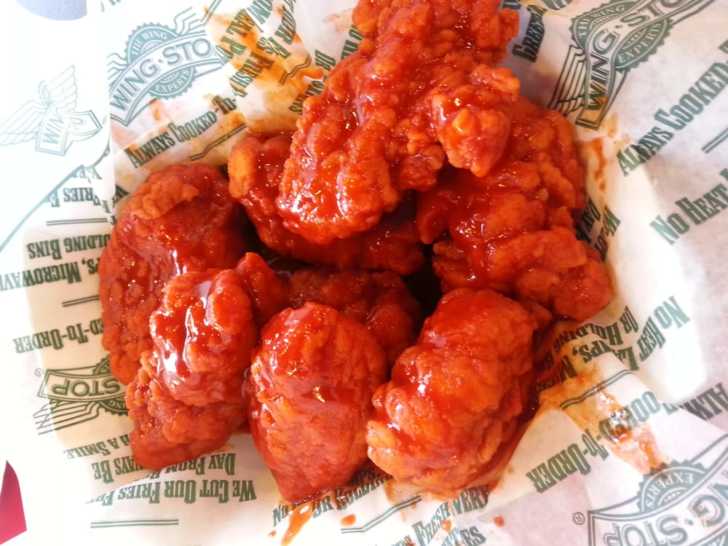Some Ideas on Fresh Food You Need To Know

Those consumers that braked with their multiple-times-a-week technique currently go shopping only once every 2 weeks, typically. This is uncomfortable adjustment for fresh, a group that is disposable by meaning. And perishable indicates it is not feasible for consumers to just equip up in equivalent quantities and maintain fresh food for weeks on end in your home.
Our evaluation of grocery store receipt data shows customers that buy fresh food at the very least as soon as a week made up about 80% of fresh sales. A reduction in these constant consumers can't be good information for the traditional network. The much less frequent in-store purchasing trend might stick for some time.
Changing what they purchase the start of the pandemic, consumers accumulated food at a frenzied speed. To some extent the equipping up pattern is still occurring, with consumers indicating they are still maintaining even more food handy than they require. chicken tenders and other pressures on supply chains equated right into many food groups, including fresh food, experiencing stockouts.

One can presume that if a customer experienced also several stockouts they would switch their purchasing to an additional shop entirelytranslating to an all-or-nothing circumstance for the merchant. Switching expenses are lower than ever since there are good digital choices that remove distance to house as an obstacle. Through Have a peek at this website as well as stockouts, customers bought various brand names as well as kinds of food than they usually would have acquired.
One unexpected takeaway is that majority of participants left the fresh food group completely with purchasing a frozen or refined substitute or going without a replacement. One point they did not report doing is seeking the thing out in an additional shop throughout this exact same buying journey. Nevertheless, they are keeping their store visits to a minimum.
Sales data from this unusual duration could indicate "phantom patterns" when there isn't a good sense of the underlying causes and customer choices. When we asked customers about their stockout replacements, about fifty percent stated they in some cases choose the replacement thing. These new choices might stick even when the originally chosen fresh item is again available.
Forecasting what customers are most likely to acquisition is important to keeping food in supply. Transforming what they value Price is still king when it involves customer purchase drivers90% of participants in both 2019 and also 2020 showed that this conventional acquisition vehicle driver was necessary. Nevertheless, a brand-new aspect safetythat previously was just expected and also not part of consumer concernshas essentially linked with rate for starting point.
A recalibration of top priorities on customers' part appears harmonic with the here and now times. Our message to the fresh foods producers is don't be deceived. These chauffeurs may not be as immediate as cost and safety right currently, but still are vital to 70% or even more of consumers surveyed.
All consumers are not alike, as well as the unique attributes of certain consumer groups still should be dealt with. In 2019, our study determined three distinctive purchaser characters based on customers' dedication to the fresh group: Forwards, Followers, and Neutrals.
As we take another look at the information from 2019, we do not see the very same patterns and groupings that we see now. To find our brand-new consumer groups, we carried out an analytical analysis based upon reactions family member to shopping frequency, quantity of fresh food bought, assumptions on rate, network use, anxiety while buying, and also experience with stockouts.
Understanding the Contemporary customer This group gives interruption and advancement for the fresh category. It is in charge of the much-discussed "increased fads" the sector is experiencing. Contemporary consumers are a younger group and also, hence, personify the consumers of the future, and they currently have more financial means at their disposal.
Or perhaps far better said the concept of fresh or picture of fresh. Looking at just how modern customers responded to other attitudinal questions, we see they value features, such as less contamination as well as waste, even more than traditional customers.
At existing, numerous customers have added time at house as well as are not travelling. It is modern consumers that locate purchasing in-stores the most demanding as well as they are seeking out different means to gain access to fresh.
